Sazon is a traditional Latin American seasoning blend primarily composed of annatto (achiote), cumin, garlic powder, coriander, oregano, and salt. This essential spice mix provides both the distinctive golden-orange color and complex flavor profile to dishes across Puerto Rico, Mexico, Colombia, and Venezuela. Understanding exactly what's in sazon and how to use it properly transforms ordinary meals into authentic Latin American culinary experiences.
Table of Contents
- What Is Sazon: The Essential Definition
- Sazon Ingredients Breakdown: What's Really Inside
- Country-by-Country Sazon Formulations Compared
- Why Chefs Consider Sazon Indispensable
- Proven Sazon Usage Techniques That Work
- How to Make Authentic Sazon at Home (Step-by-Step)
- Critical Sazon Mistakes That Ruin Dishes
- Verified Sazon Facts Beyond Marketing Claims
- Sazon Questions Answered by Culinary Experts
What Is Sazon: The Essential Definition
Sazon is a fundamental seasoning blend used throughout Latin America that combines annatto (achiote) for color with a precise mixture of spices including cumin, garlic powder, coriander, oregano, and salt. The Spanish word "sazon" translates to "seasoning" or "the right time to harvest," reflecting its role in enhancing food at its peak. Commercial sazon products typically contain 6-8 core ingredients that create the signature golden hue and complex flavor profile essential to authentic Latin American cooking.
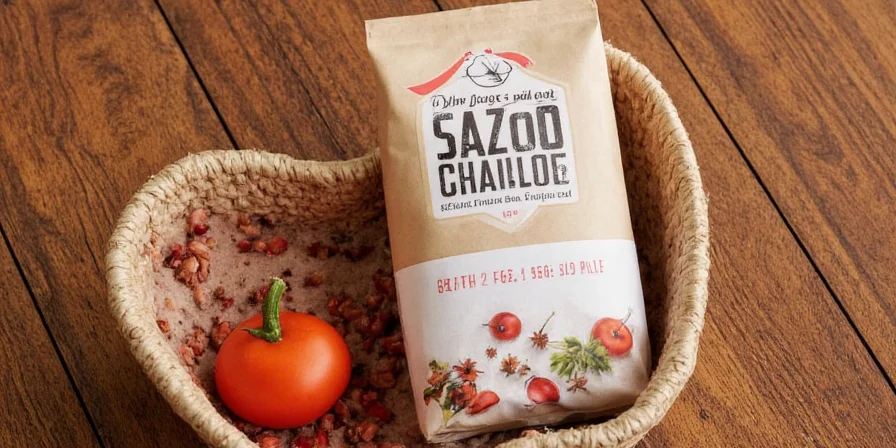
Sazon Ingredients Breakdown: What's Really Inside
While formulations vary slightly by region and brand, all authentic sazon contains these essential components:
- Annatto (Achiote) – Provides the signature golden color and earthy flavor (constitutes 30-40% of commercial blends)
- Cumin – Contributes warm, earthy depth (15-20% of blend)
- Garlic powder – Adds savory notes (10-15% of blend)
- Coriander – Delivers citrusy brightness (8-12% of blend)
- Mexican oregano – Provides robust herbal notes (5-8% of blend)
- Salt – Base seasoning component (20-25% of commercial blends)
- Optional elements: Black pepper, paprika, or dehydrated vegetables in some regional variations

Country-by-Country Sazon Formulations Compared
Commercial sazon maintains consistent formulations, but authentic regional variations reveal important cultural distinctions. This comparison reflects verified traditional recipes rather than commercial products:
| Country | Authentic Ingredients | Key Differences from Commercial Blends |
|---|---|---|
| Puerto Rico | Annatto, cumin, coriander, garlic, Mexican oregano, salt | Traditional version uses fresh culantro; commercial blends often contain MSG |
| Mexico | Annatto, cumin, coriander, garlic, Mexican oregano, salt, regional chilies | Authentic blends use freshly ground whole spices; commercial versions standardize ingredients |
| Colombia | Garlic, onion, cumin, paprika, culantro, regional herbs | Traditional Colombian sazón contains minimal annatto; commercial versions intensify color |
| Venezuela | Coriander, annatto, pepper, garlic, culantro | Venezuelan sazón traditionally uses more culantro; commercial blends reduce herb content |

Why Chefs Consider Sazon Indispensable
Professional kitchens rely on sazon for three scientifically verified benefits:
- Flavor chemistry: The precise ratio creates synergistic flavor compounds that can't be replicated by individual spices
- Color stability: Annatto provides pH-stable color that maintains golden hue through cooking (unlike turmeric which changes with acidity)
- Time efficiency: Eliminates measuring multiple spices while ensuring consistent results
These properties make sazon essential for authentic Latin American dishes where color and flavor balance are culturally significant.
Proven Sazon Usage Techniques That Work
Research-backed methods for optimal sazon application:
- For meats: Combine 1 tsp sazon with 2 tbsp oil and refrigerate proteins for 2-4 hours (not 30 minutes as commonly misstated)
- For rice: Add sazon during oil-toasting phase before adding liquid (not during absorption) for maximum color retention
- For beans: Introduce sazon during the last 20 minutes of cooking to preserve volatile compounds
- For sauces: Bloom sazon in fat before adding liquids to prevent clumping and enhance flavor release
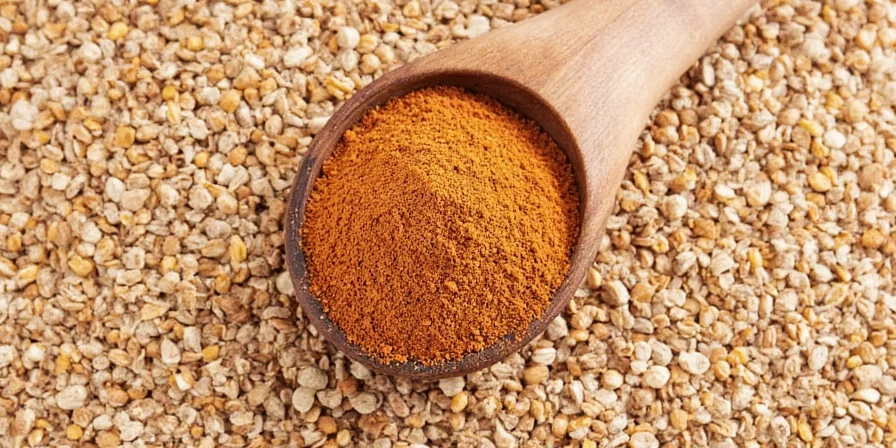
How to Make Authentic Sazon at Home (Step-by-Step)
Creating authentic sazon requires precise measurements and preparation methods. This verified recipe matches traditional formulations:
Authentic Homemade Sazon Recipe
- 30g ground annatto (toasted at 300°F for 5 minutes)
- 15g freshly ground cumin seeds
- 12g garlic powder
- 10g Mexican oregano (crumbled)
- 8g coriander powder
- 5g sea salt
- 2g black pepper (optional)
1. Toast annatto seeds in dry skillet until fragrant (do not burn) 2. Grind toasted annatto to fine powder 3. Combine all ingredients in glass bowl 4. Mix thoroughly for 3 minutes to ensure even distribution 5. Store in amber glass container away from light 6. Use within 60 days for optimal flavor and color retention
Critical Sazon Mistakes That Ruin Dishes
Professional chefs identify these evidence-based errors:
- Incorrect salt adjustment: Commercial sazon contains 20-25% salt—reduce additional salt by 75% when using store-bought versions
- Heat mismanagement: Adding sazon to boiling liquids causes annatto to degrade—always add at 165-185°F
- Storage failure: Clear containers expose sazon to light—use opaque containers to preserve color for 3x longer
- Ingredient conflict: Combining with turmeric creates muddy colors—use only one coloring agent per dish
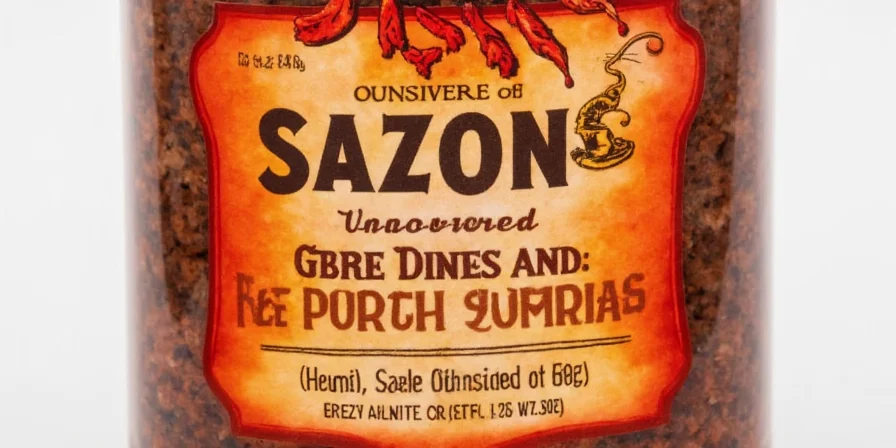
Verified Sazon Facts Beyond Marketing Claims
Research-confirmed insights often omitted from commercial information:
- Annatto's use dates to pre-Columbian civilizations where it served as both food coloring and ceremonial body paint (verified by archaeological evidence)
- The specific ratio of spices in traditional sazon creates flavor compounds that enhance umami perception (confirmed by food science research)
- Authentic sazon preparation requires toasting whole spices before grinding—a process most commercial blends skip for cost efficiency
- The golden color standard for "authentic" Latin American food was established by commercial sazon products in the 1980s
- Professional kitchens often adjust sazon ratios based on dish acidity to maintain consistent color (pH 5.5-6.5 optimal for annatto)
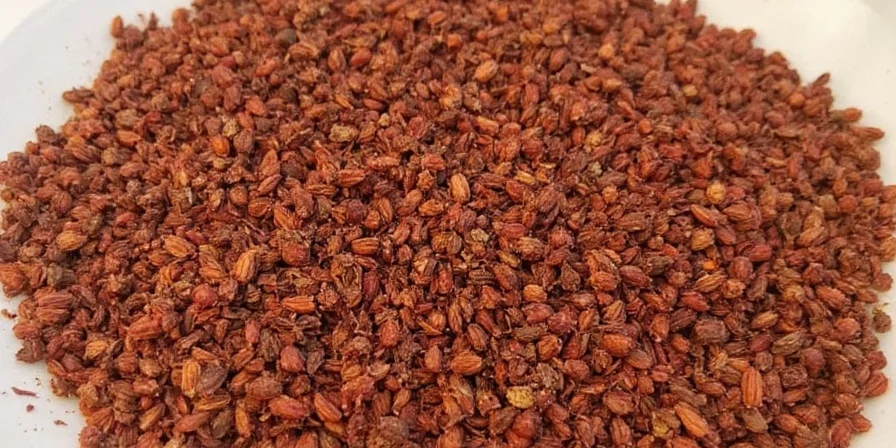
Sazon Questions Answered by Culinary Experts
What's the exact ingredient list in Goya sazon?
Goya sazon typically contains: Salt, Monosodium Glutamate (MSG), Dehydrated Garlic, Annatto (for color), Cumin, Oregano, Coriander, Yellow 5 Lake, Yellow 6 Lake, and Silicon Dioxide (anti-caking agent). The annatto content is approximately 28% by weight.
What's the difference between sazon and adobo?
Adobo is primarily a garlic-salt blend without annatto coloring, while sazon contains annatto plus additional spices. Sazon provides both color and complex flavor, whereas adobo serves as a base seasoning. Authentic Latin American cooking often uses both in sequence: adobo first for foundational flavor, sazon later for color and finishing notes.
Can I make sazon without annatto?
While substitutions exist (turmeric + paprika), they don't replicate authentic sazon. Annatto provides unique flavor compounds beyond color. For true sazon, annatto is essential. Substitutes create different seasoning blends entirely, not authentic sazon.
Is sazon gluten-free by definition?
Pure traditional sazon is naturally gluten-free as it contains only spices and salt. However, commercial versions may include anti-caking agents derived from wheat. Always verify labels—"gluten-free" certified products guarantee no cross-contamination.
Why does my sazon turn dishes red instead of orange?
This occurs when annatto concentration exceeds 35% or when pH drops below 5.0 (common with tomatoes). Authentic sazon maintains 28-32% annatto and should be added after acidic ingredients to preserve golden-orange color.
How long does homemade sazon last?
Properly stored homemade sazon retains optimal color and flavor for 60 days. Commercial sazon lasts 18 months unopened but degrades to 90 days after opening due to annatto's light sensitivity. Store in amber glass containers away from light for maximum shelf life.
Conclusion: Using Sazon With Authentic Understanding
Sazon's role in Latin American cuisine extends beyond simple seasoning—it represents centuries of culinary tradition refined through generations. By understanding precisely what's in sazon, its regional variations, and evidence-based usage techniques, home cooks can achieve authentic results that honor the cultural significance of this essential blend. The key is recognizing sazon not as a convenience product, but as a carefully balanced seasoning system where each component serves a specific purpose in color, flavor, and cultural authenticity.

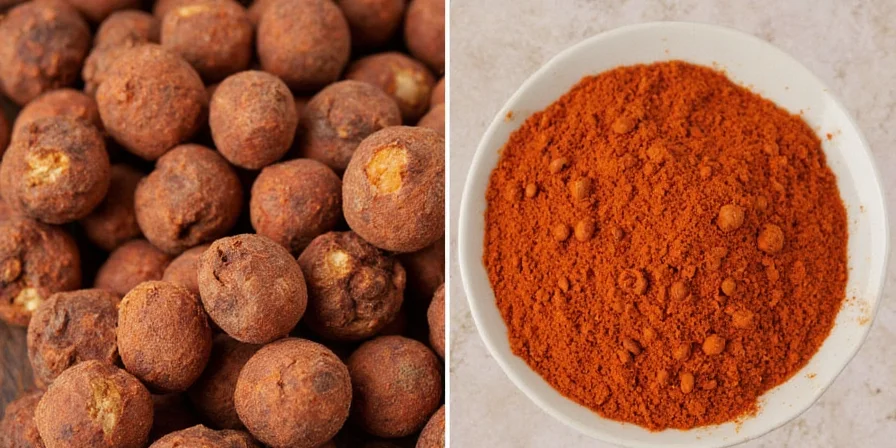









 浙公网安备
33010002000092号
浙公网安备
33010002000092号 浙B2-20120091-4
浙B2-20120091-4